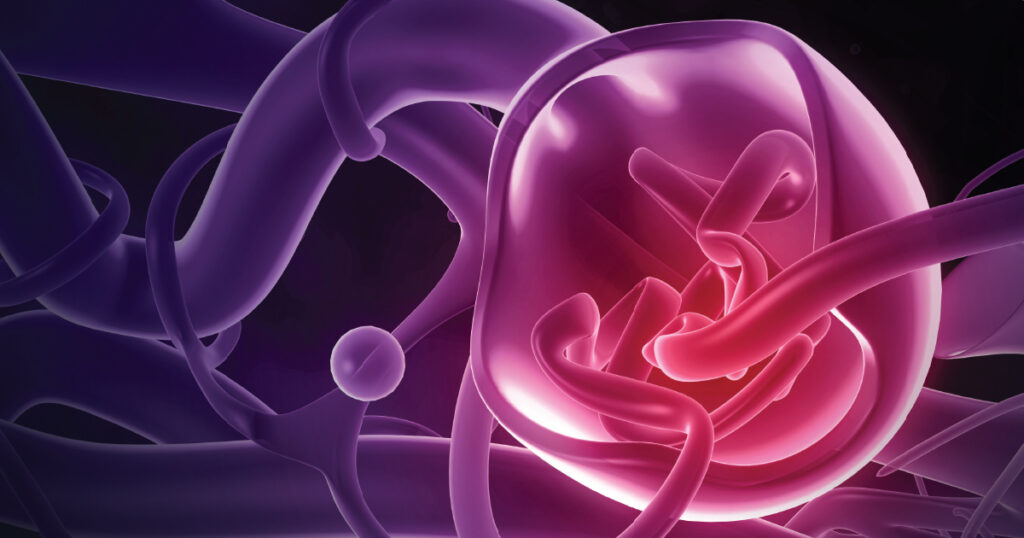Muscle cramps, often referred to as Charley Horses, are sudden and involuntary contractions of one or more muscles. These episodes can be painful and disruptive, affecting daily activities and sleep. While muscle cramps are generally harmless, they can sometimes signal underlying health issues. Understanding the causes, recognizing the symptoms, and knowing how to find relief are essential for managing this common condition.

What Are Muscle Cramps?
Muscle cramps occur when a muscle tightens uncontrollably and does not relax. They can last from a few seconds to several minutes and may affect any muscle in the body. However, they most commonly occur in the legs, feet, and calves. The intensity of the pain can vary, ranging from mild discomfort to severe and debilitating sensations.
Types of Muscle Cramps
- Nocturnal Cramps: These occur during sleep and often wake individuals up due to the sharp pain.
- Exercise-Associated Cramps: These happen during or after physical activity and are linked to muscle fatigue.
- Heat Cramps: These are caused by dehydration and electrolyte imbalances, often occurring in hot environments.
Causes of Muscle Cramps
The exact cause of muscle cramps is not always clear, but several factors can contribute to their occurrence. Identifying these triggers can help in preventing future episodes.
Dehydration
One of the most common causes of muscle cramps is dehydration. When the body loses too much water, it disrupts the balance of electrolytes like sodium, potassium, magnesium, and calcium. These minerals play a crucial role in muscle function, and their imbalance can lead to cramping.
Poor Blood Circulation
Inadequate blood flow to the muscles, especially during exercise, can result in cramping. Conditions such as peripheral artery disease can restrict blood flow and increase the likelihood of experiencing muscle cramps.
Nerve Compression
Compression of nerves in the spine, such as in cases of lumbar stenosis, can produce cramp-like pain in the legs. This type of cramping often worsens with walking or standing for extended periods.
Mineral Deficiencies
A lack of essential minerals like potassium, calcium, and magnesium can predispose individuals to muscle cramps. These nutrients are vital for proper muscle contraction and relaxation.
Certain Medications
Some medications, including diuretics, statins, and drugs used to treat high blood pressure, can increase the risk of muscle cramps as a side effect. It is important to discuss any new or worsening symptoms with a healthcare provider.
Pregnancy
Many pregnant women experience muscle cramps, particularly in the second and third trimesters. Hormonal changes, weight gain, and increased pressure on the blood vessels and nerves in the legs can contribute to this issue.
Overuse or Strain
Excessive use of a muscle or holding it in an awkward position for too long can lead to cramping. Athletes and individuals who engage in repetitive physical activities are more prone to this type of cramp.
Symptoms of Muscle Cramps
While the primary symptom of muscle cramps is pain, there are other signs that can accompany this condition. Recognizing these symptoms can help differentiate muscle cramps from other medical issues.
Sudden Onset of Pain
The hallmark symptom of a muscle cramp is the sudden onset of intense pain. This pain is often localized to a specific area and may feel like a knot or tightness in the muscle.
Muscle Tightness
During a cramp, the affected muscle becomes hard and tense to the touch. This tightness can persist even after the initial pain subsides.
Limited Movement
Depending on the severity of the cramp, movement of the affected muscle may be restricted. This can make walking or performing daily tasks difficult until the muscle relaxes.
Visible Deformity
In some cases, the affected muscle may appear visibly distorted or bulging due to the intense contraction. This is more common in larger muscles like the calf.
Relief Strategies for Muscle Cramps
Finding relief from muscle cramps involves addressing both the immediate symptoms and the underlying causes. Here are some effective strategies to alleviate discomfort and prevent future episodes.
Stretching and Massaging
Gentle stretching and massaging of the affected muscle can help relieve tension and reduce pain. For example, if the cramp occurs in the calf, straightening the leg and pulling the toes toward the shin can stretch the muscle.
Applying Heat or Cold
Using a warm compress or heating pad can relax the muscle and improve blood flow. Alternatively, applying an ice pack wrapped in a cloth can numb the area and reduce inflammation.
Hydration
Drinking plenty of water throughout the day helps maintain proper hydration levels. For those engaging in strenuous physical activity, replenishing lost electrolytes with sports drinks or electrolyte-rich foods is also beneficial.
Balanced Diet
Incorporating foods rich in potassium, magnesium, and calcium into the diet can prevent deficiencies that contribute to muscle cramps. Examples include bananas, spinach, almonds, and dairy products.
Proper Footwear
Wearing supportive shoes, especially during exercise or prolonged standing, can reduce strain on the muscles and minimize the risk of cramping.
Moderate Exercise
Regular, moderate exercise improves muscle strength and flexibility, reducing the likelihood of cramps. Stretching before and after workouts is particularly important.
Medication Adjustment
If muscle cramps are a side effect of medication, consulting a healthcare provider about adjusting the dosage or switching to an alternative treatment may provide relief.
Physical Therapy
In cases where muscle cramps are frequent or severe, physical therapy can help identify underlying issues and develop a personalized treatment plan. Techniques such as strengthening exercises and posture correction may be included.
When to Seek Medical Attention
While most muscle cramps resolve on their own, certain situations warrant medical evaluation. Persistent or recurrent cramps, especially those accompanied by swelling, redness, or muscle weakness, should not be ignored. Additionally, if cramps interfere with daily life or occur without an apparent cause, it is advisable to consult a healthcare professional for further investigation.





